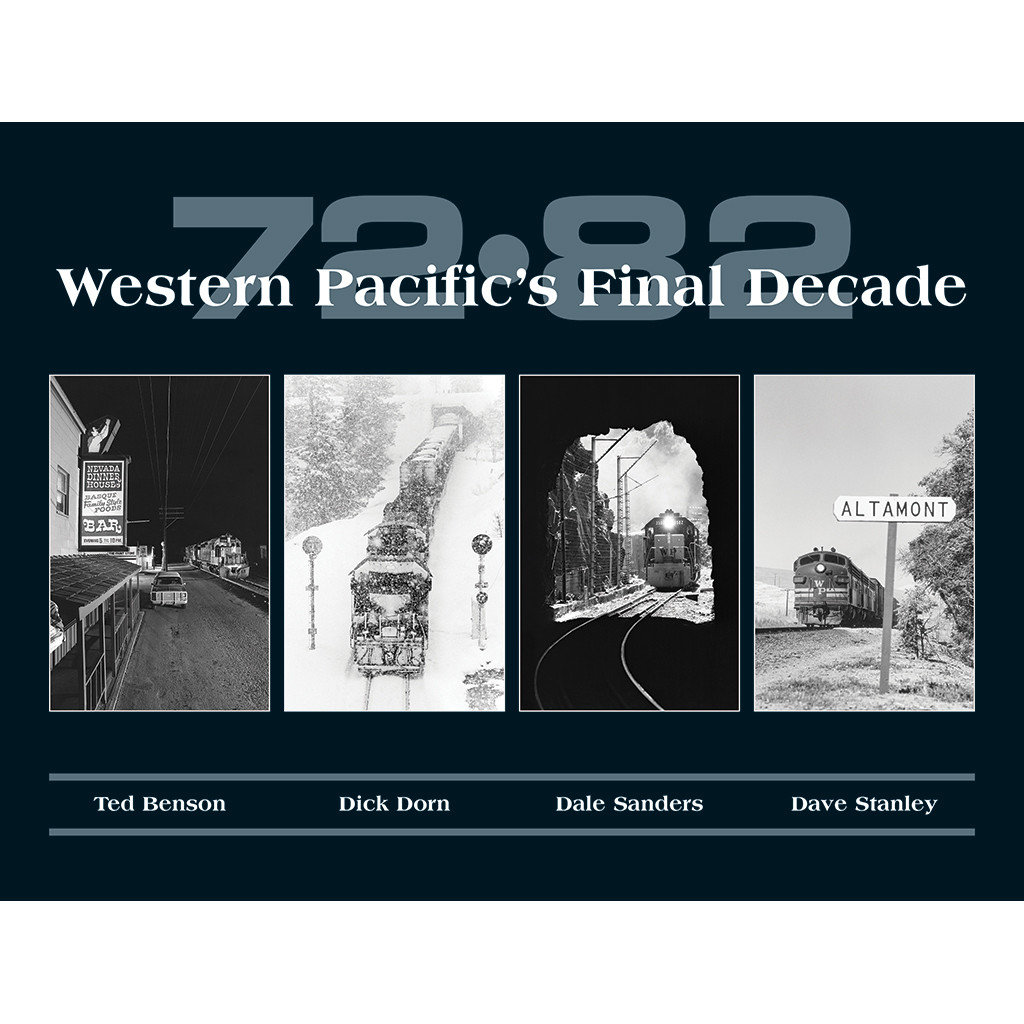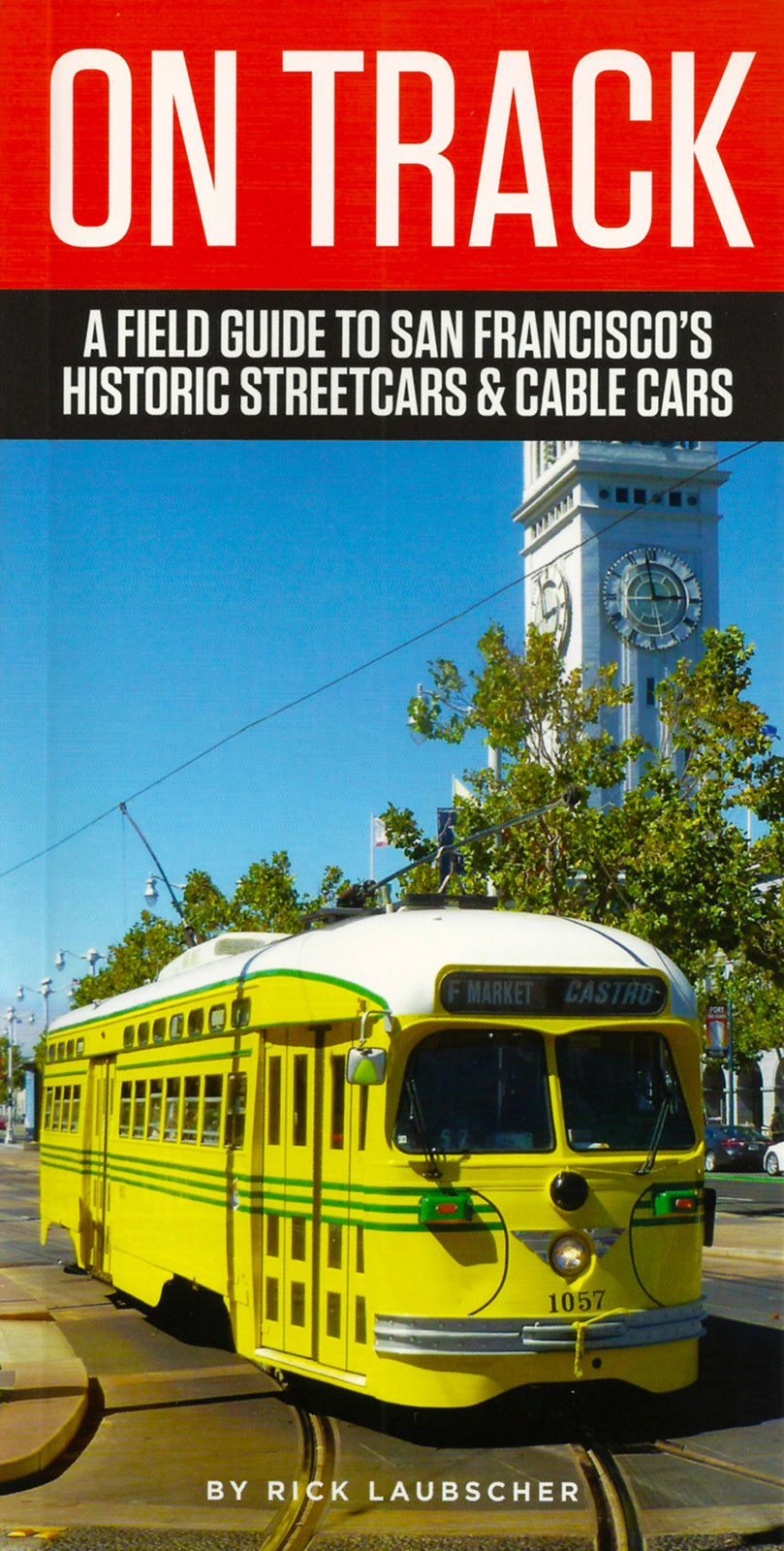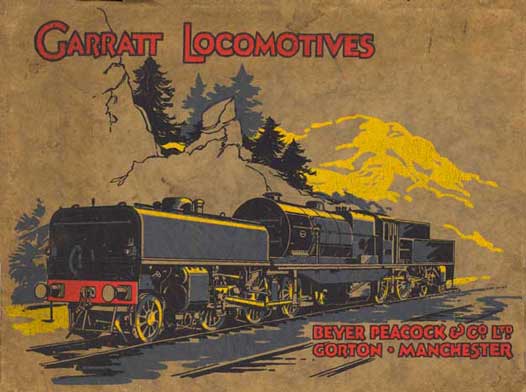Voyageur Field Guides
By Brian Solomon
Voyageur Press, 400 First Avenue North, Suite 400 Minneapolis, MN 55401; 208 pages, 160 color photos;
Flexibound, 6 x 9 inches; $24.99
www.quartoknows.com
Railroading is a complex business with many interesting facets, but its equipment always seems to be at the top of the list. Therefore, books that highlight railroad equipment are often the most popular.
This book is divided into 15 chapters in five parts: locomotives, self-propelled trains, passenger and freight cars, rail transit, and historic locomotives and cars. Locomotive entries include specifications, such as wheel arrangement, power rating, maximum speed, length and weight, and tractive effort. Freight equipment coverage gives the most basic overview of each car type, but does not endeavor to supply readers with the specifics to spot different variations or car builders in the field.
A departure from Solomon’s other recent efforts, this volume is smaller is size, making it better suited to use in the field. This makes it easier to keep in the camera bag, or even along for a train ride.
One curious inclusion is the eight-axle, 96,500-gallon GATX tank car now housed at the National Museum of Transportation in St. Louis, Mo. One would think a book that strives to explain the everyday railroad would omit such an insignificant footnote to its history. Similarly, a photo of the Southern’s famous “Big John” covered hoppers is included in the freight equipment segment. While significant to the development of the car type and the explanation of railroad rates, the car is not found in significant numbers on the rails anymore.
The book is aimed at novice railfans, but also serves the hobby’s veterans as a solid reference to the modern rail scene.













